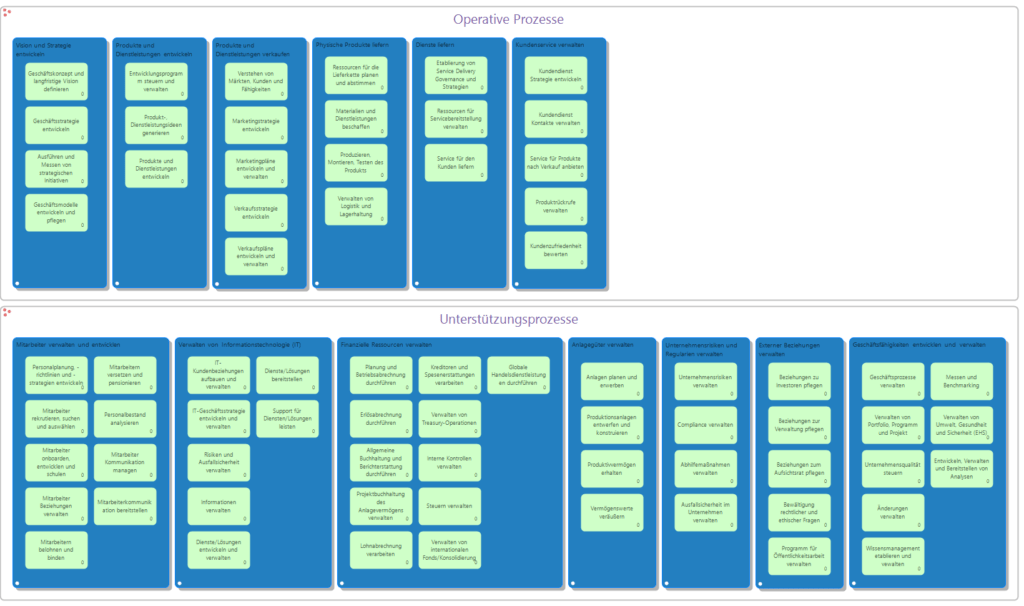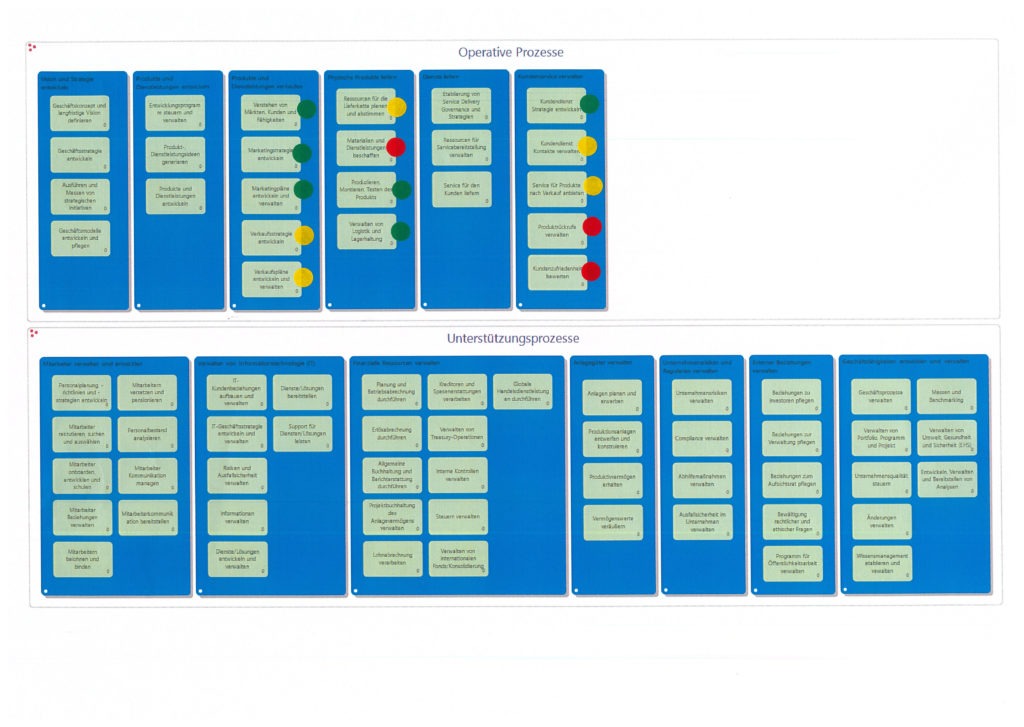Are you responsible for the IT strategy in your company? And you want to make a difference with “your” IT? Deliver the best possible support to the business units? But you are confused, because you have already met so many “strategies” and “strategists”?
What an IT strategy is not
The right IT strategy “off the shelf” does not exist. If software or service providers want you to believe that, it’s best to leave them alone. The same applies to consultants who pull a “ready-made” strategy paper out of their pocket without having dealt with your company.
You’ve probably read articles by analysts recommending certain technologies – such as Web server applications or software-as-a-service (SaaS). Does this have anything to do with IT strategy? Yes, but this question should be illuminated later.
And what about “strategic guidance” on a particular cost structure? Specific savings targets? Or budget constraints? This also has nothing at all to do with IT strategy. These are framework conditions for a planning process – but it does not begin until the strategy is ready.
An IT strategy is simple
It answers this question, “How do we use IT to ensure sustainable business success?” This requires one thing above all: a willingness to listen and mutual understanding. This applies to the business units just as much as to the IT organization. The common goal must be to achieve complete transparency.
To this end, the IT organization should have strategic guidelines according to which IT projects are designed, implemented and operated. Examples include:
- We use ready-made solutions and do not develop anything ourselves.
- We use services from the cloud.
- We have defined application and service providers.
- Our users use their own devices.
So what is the contribution of the business units to an IT strategy? You need to make transparent how the company works.
We don’t have to reinvent the wheel to do this. Because the “American Productivity and Quality Center” has process maps available for various industries. I have translated and adapted these for German SMEs.
Here is a schematic representation:

From business capabilities to IT strategy
Now let’s get back to the real question that an IT strategy must answer: “How do we use IT to ensure sustainable business success?”
Step 1: Adapt and evaluate process map
To do this, I first check with you as the IT manager whether changes to this process map are necessary. Because this process map is the basis for all further steps.
This is followed by a joint workshop with executives from the business units and the IT organization. For each business skill, participants answer these two questions:
- How “mature” are the processes involved in this business capacity?
- How good is IT support for business capability?
The decisive factors here are spontaneity and speed. The traffic light colors are optimal for this, and it works especially well with colored adhesive dots. The rule is: only one sticky point per business capability – the workshop participants are encouraged to find a common assessment.
On the map, the assessments are marked in color. In this way, an inventory of the areas in which action is required is created in the shortest possible time. In addition, an important basis for further investigations has been created.
Here, too, is an example:

Step 2: Set prioritization
A first prioritization is provided by the heatmap itself, because of course the business capabilities with red dots should be looked at first. To refine the prioritization, the next step is to sort the business capabilities highlighted in red by urgency. Important here, too: All participants of the workshop agree on this one prioritization.
Step 3: Record and assign applications
Now it’s your turn as the IT manager with your team. Because now the task is to assign the applications used to the business capabilities from the available information sources. Software distribution systems, a CMDB, application lists or other documentation are suitable for this purpose, for example.
In this way, we develop transparency about
- Redundancies: Are there multiple applications that support the same business capability? Is this mandatory?
- Requirements: Which applications need to be considered when business capabilities or processes are changed?
- Implications: Which business capabilities are affected when changes are made to an application
With this basis, qualified estimates are possible as to what optimization potential exists and what effort is required to implement these optimizations.
Outlook
Information technology is also a business capability that should be realized with defined processes and specialized applications. My experience is that Excel and Visio are not sufficient here.
For further work with the IT strategy, I believe there are these success factors:
- Exclusivity: Ideally, there is only “one source of truth” – i.e., one repository that is used by all participants in the IT strategy process.
- Availability: All participants in the IT strategy process must be able to access the collected information.
- Timeliness: Information, once collected, must be updated regularly.
The success factors mentioned are supported by most enterprise architecture management applications. Used or introduced in EAM projects I:
- Sparx Enterprise Architect
- orbus iServer
- MEGA Hopex
- BOC ADOIT
- Avolution Software abacus
All of the above (and others offered) have their own specific characteristics, which must be evaluated in detail. Let us have a non-binding conversation about this, you can make an appointment directly here. I look forward to seeing you!


